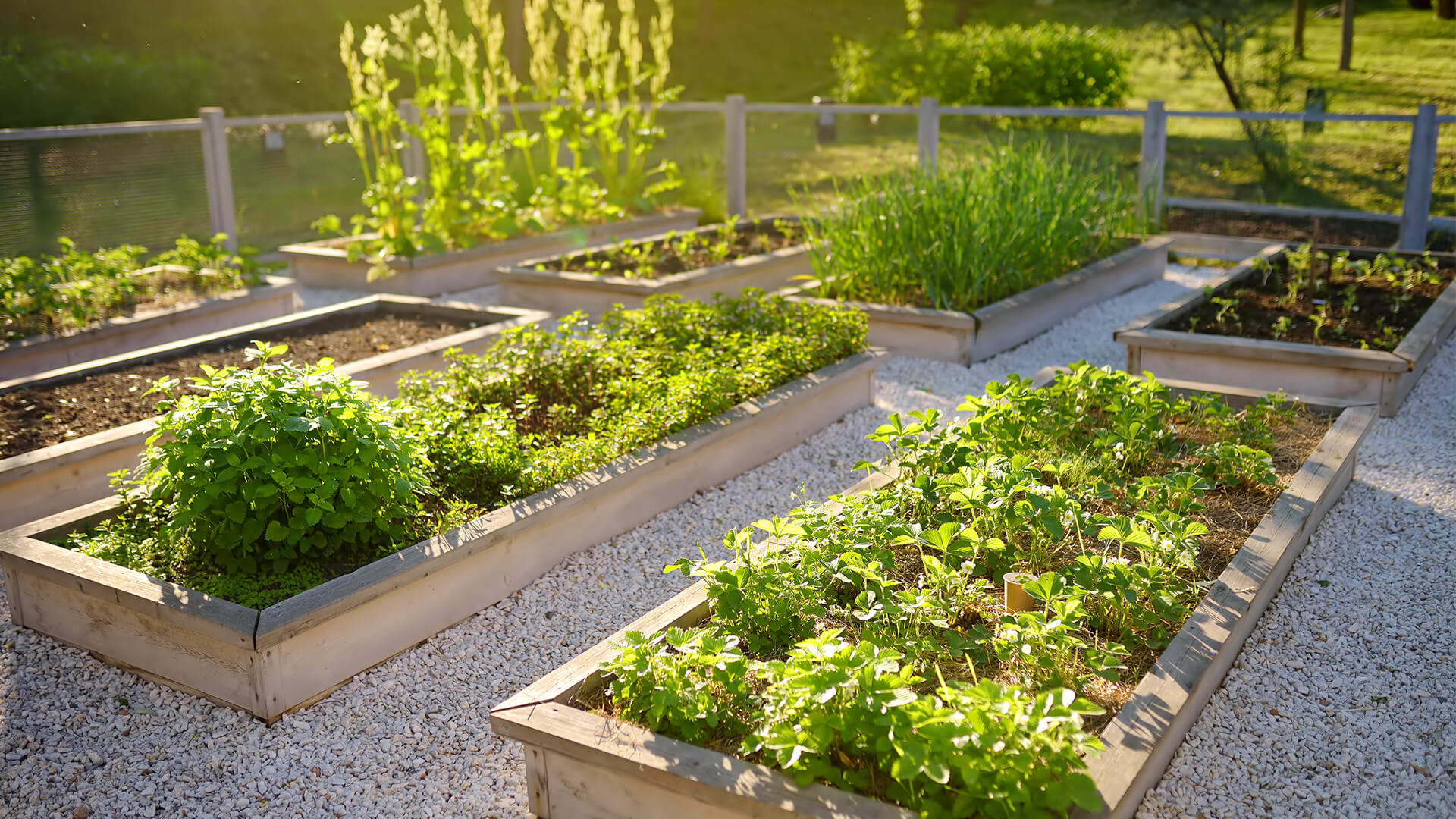Top Sustainable Vegetable Gardening Practices

Top Sustainable Vegetable Gardening Practices: Your Guide to Green Thumbs and Green Living
Introduction
Ever dreamt of a lush, thriving vegetable garden that's not just a feast for the eyes but also kind to the planet? Welcome to the world of sustainable vegetable gardening! It's all about working with nature, not against it, to grow delicious, homegrown produce while preserving our precious resources. Let's dive in!
Understanding Sustainable Vegetable Gardening
Sustainable vegetable gardening is like a dance with Mother Nature. It's about using methods that protect and enhance the environment, while ensuring your garden can keep on truckin' for years to come. It's not about perfection, but progress. So, let's get our hands dirty and explore some top sustainable practices!
The Organic Way: Nourishing Soil, Nourishing Plants
Organic farming is the backbone of sustainable gardening. It's all about feeding the soil, not the plants. By using natural methods like composting and cover cropping, you create a rich, healthy soil ecosystem that supports strong, disease-resistant plants.
Composting: Turning Waste into Wealth
Composting is like giving your garden a big, nutrient-rich hug. It's the process of turning kitchen scraps and yard waste into a dark, crumbly, earthy-smelling goldmine that your plants will adore. By composting, you're reducing waste, saving money on fertilizers, and improving your soil's structure and fertility.
Water Conservation: Making Every Drop Count
Water is life, and in gardening, it's liquid gold. Sustainable gardens use water wisely, like a frugal friend who knows the value of a dollar. Here's how:
- Mulch: A layer of organic material on the soil surface retains moisture, suppresses weeds, and regulates soil temperature. It's like a cozy blanket for your plants.
- Drip Irrigation: This targeted watering system delivers water directly to plant roots, minimizing evaporation and maximizing efficiency.
- Rainwater Harvesting: Collecting rainwater in barrels or cisterns is like saving money in a piggy bank. It's free, and your plants will love it!
Permaculture: Designing with Nature in Mind
Permaculture is about creating gardens that are productive, resilient, and beautiful. It's about observing nature and mimicking its patterns to create sustainable, low-maintenance landscapes. Here are some permaculture principles to live by:
- Observe and Interact: Before you dig, take time to understand your garden's unique conditions and microclimates.
- Catch and Store Energy: Design your garden to capture and store energy, like sunlight and rainwater.
- Obtain a Yield: Every element in your garden should produce something useful, be it food, medicine, or beauty.
Soil Health: The Key to a Thriving Garden
Healthy soil is the foundation of a sustainable garden. It's a living, breathing ecosystem that supports plant growth and sequesters carbon. To keep your soil happy and healthy:
- Test Your Soil: Regular soil tests help you understand your soil's pH, nutrient levels, and organic matter content. This knowledge helps you make informed decisions about what your garden needs.
- Cover Crops: These plants, like clover and rye, protect your soil, prevent erosion, and add organic matter when turned under. It's like giving your soil a daily multivitamin!
- Rotate Your Crops: Moving plants around prevents disease and pest buildup, and helps maintain soil fertility.
Diversify and Thrive: The Power of Polycropping
Polycropping, or intercropping, is the practice of growing multiple crops together in the same space. It's like a vegetable garden potluck, where everyone brings something different to the table. Benefits include:
- Improved Soil Health: Different plants have different root depths and nutrient needs, making efficient use of soil resources.
- Pest and Disease Control: A diverse garden confuses pests and diseases, making it harder for them to gain a foothold.
- Increased Yield: By using space and resources efficiently, polycropping can increase your garden's overall productivity.
Sustainable Gardening: A Journey, Not a Destination
Remember, sustainable gardening is a journey, not a destination. It's about making choices that support the health of our planet, one garden at a time. It's about learning, adapting, and growing with our gardens.
Conclusion
Sustainable vegetable gardening is more than just a way to grow food. It's a way to connect with nature, to care for the Earth, and to create a healthier, more resilient world. So, grab your gardening gloves, and let's get started!
FAQs
-
Q: How do I know if my soil is healthy? A: Healthy soil is dark, crumbly, and has a sweet, earthy smell. It's also teeming with life, like earthworms and microorganisms. You can also test your soil's pH and nutrient levels with a home test kit or by sending samples to a lab.
-
Q: Can I still garden if I have limited space? A: Absolutely! Vertical gardening, container gardening, and even growing food in small gaps between paving stones are all sustainable practices that make the most of limited space.
-
Q: How can I attract beneficial insects to my garden? A: Plant a variety of native plants that provide nectar and shelter. Avoid using pesticides, and consider installing insect hotels to provide homes for beneficial insects.
-
Q: What's the best way to start a compost pile? A: Start with a mix of greens (nitrogen-rich materials like fruit scraps and coffee grounds) and browns (carbon-rich materials like dry leaves and cardboard). Keep your pile moist and turn it regularly to aerate.
-
Q: How can I involve my community in sustainable gardening? A: Start a community garden, join a local gardening club, or share your knowledge and excess produce with neighbors. Every gardener has something to teach and something to learn!
0 Response to " Top Sustainable Vegetable Gardening Practices"
Post a Comment